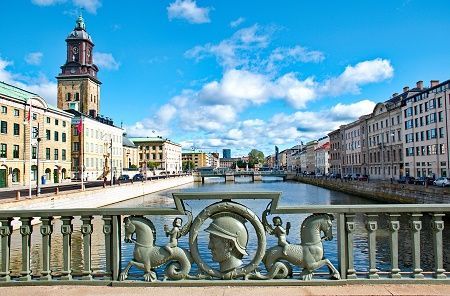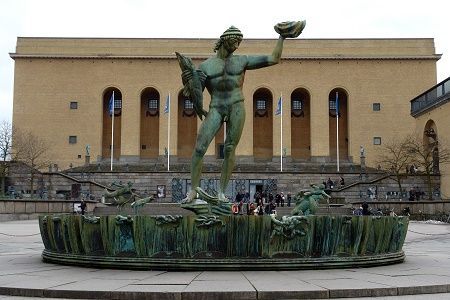- Revenue Cycle Management
- COVID-19
- Reimbursement
- Diabetes Awareness Month
- Risk Management
- Patient Retention
- Staffing
- Medical Economics® 100th Anniversary
- Coding and documentation
- Business of Endocrinology
- Telehealth
- Physicians Financial News
- Cybersecurity
- Cardiovascular Clinical Consult
- Locum Tenens, brought to you by LocumLife®
- Weight Management
- Business of Women's Health
- Practice Efficiency
- Finance and Wealth
- EHRs
- Remote Patient Monitoring
- Sponsored Webinars
- Medical Technology
- Billing and collections
- Acute Pain Management
- Exclusive Content
- Value-based Care
- Business of Pediatrics
- Concierge Medicine 2.0 by Castle Connolly Private Health Partners
- Practice Growth
- Concierge Medicine
- Business of Cardiology
- Implementing the Topcon Ocular Telehealth Platform
- Malpractice
- Influenza
- Sexual Health
- Chronic Conditions
- Technology
- Legal and Policy
- Money
- Opinion
- Vaccines
- Practice Management
- Patient Relations
- Careers
Gothenburg: Nature and Art on Sweden's West Coast
While Stockholm on Sweden’s east coast is typically the first choice for vacationers, the west coast’s Gothenburg (Göteborg in Swedish) is a noteworthy destination for its first-rate museums, expansive gardens and amusement park.

Gothenburg.
While Stockholm on Sweden’s east coast is typically the first choice for vacationers, the west coast’s Gothenburg (Göteborg in Swedish) is a noteworthy destination for its first-rate museums, expansive gardens and amusement park.
Gothenburg’s harbor is one of the largest in Scandinavia. As early as the 18th century, vessels from China arrived laden with tea, spices, silks, and porcelain. From 1811, when the first commercial shipyard opened, until the 1960s Gothenburg claimed fame as a major shipbuilding area. Although most shipyards went bankrupt in the 1970s, the harbor remains vibrant with a mix of shopping, cafes and museums.
Harbor Tour
A Padden boat tour along the canal and into the harbor conveys the sense of the city as a port. You pass office buildings, parks, mega-cranes loading cargo containers, a submarine and several other vessels from the Göteborg Maritima Centrum (Maritime Museum). The facility also displays figureheads, merchant ships models and tanks of cod, lobsters, and other local sea life.
Aquarium
For more fishy finds, visit the Universeum, Sweden’s largest aquarium, displaying more than just sea life. In the Ocean Zone’s wall size tanks, zebra sharks, sawfish, eel, and other critters swim. The Rainforest has monkeys, poison frogs, piranha and caimans. There are also exhibits on pace, health, mammoths and more.
Parks
Gothenburg has plenty of green spaces. The 272-acre Slottsskogen, the city’s largest park, has a children’s zoo in summer. Liseberg Park, Scandinavia’s largest amusement park, exudes an old-fashioned charm plus some new thrill rides. Attractions that are more fun than fearsome include a Venetian carousel for kids, bumper cars, and a haunted house. On AeroSpin, new this summer, turn your plane in circles as the ride spins you high in the air; scream your way down on AtmosFear, Europe’s tallest free fall attraction; and shriek on Balder, one of the world’s biggest wooden coasters.
It’s well-worth the fifteen minute tram ride from the city center to Botansika Trädgård, Botanical Garden. Winding paths lead you through a series of beautiful tableaus. The rhododendron garden, in late spring, blooms with fuschia, purple, pink and lavender blossoms. A waterfall cascades down a series of stone ledges in the rock garden and the simple reflecting pond in the Japanese garden is a study in peacefulness.
Trädgårdsföreningen, another park, gains fame for its Rosarium. In season more than 4,000 roses bloom. Check the park’s schedule for concerts and children’s plays.

The
Göteborg Konstmuseum
Museum
At the Göteborg Konstmuseum (Museum of Art), see canvases by Monet, Van Gogh, and Rousseau as well as work by Edvard Munch, Carl Larsson, and other noted Scandinavian artists. The Art Museum fronts the Götaplatsen, a square anchored by the noted Poseidon fountain. From here stroll the Kungsportsavenyn, known as “Avenyn,” a main boulevard lined with restaurants, shops and hotels.
Marstrand
From Gothenburg, it’s easy to explore the island of Marstrand, a favorite retreat of former Swedish King Oscar II and a popular summer resort. Potted pansies decorate the cottages and lilac bushes bloom in the yards. Carlstens Fästning (Fortress) dominates the island. Built between 1658-1860, the structure is impressive with its drawbridge, courtyards, canons, barracks, and prison cells with authentic shackles—one a 40-pound iron neck collar worn by some unfortunate. On a soldier-led tour, a character in a period uniform, tells tales of life at the fort. The island also offers deep sea fishing, kayaking and sailing.
Tip: Save money and add convenience by purchasing a Gothenburg Pass, offering admission to many museums, parks and attractions plus some free transportation.
